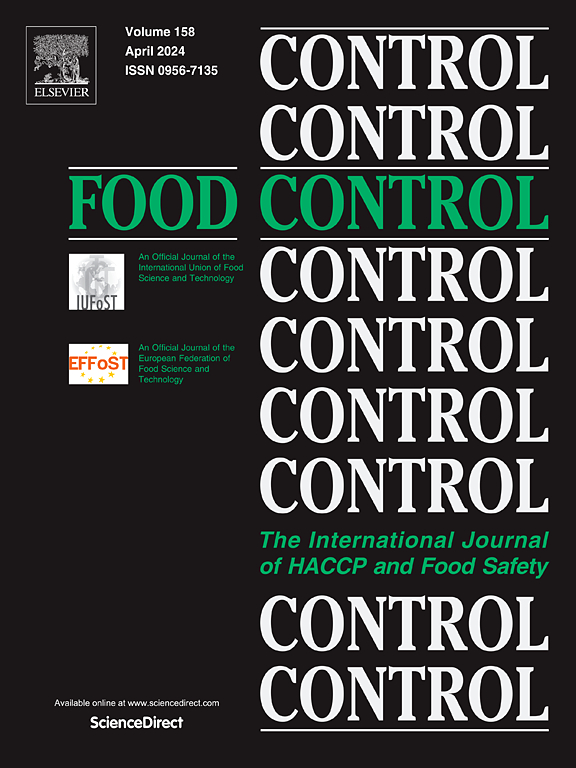Combining deep convolutional generative adversarial networks with visible-near infrared hyperspectral reflectance to improve prediction accuracy of anthocyanin content in rice seeds
IF 5.6
1区 农林科学
Q1 FOOD SCIENCE & TECHNOLOGY
引用次数: 0
Abstract
Anthocyanin is a crucial reference indicator for evaluating the quality of rice varieties, making it significant to rapidly establish a non-destructive detection method for anthocyanin in rice grains. This study constructs a 1D-DCGAN (One-dimensional deep convolutional generative adversarial network) strategy optimized for one dimensional spectral data and a 1D-CNN (One-dimensional convolutional neural network) model, achieving high-quality generated sample effects and more accurate anthocyanin predictions within a limited dataset. The SG (Savitzky-Golay)-1D-CNN significantly outperforms LSR (Least squares regression), SVM (Support vector machine) and BPNN (Backpropagation neural network) in the test set, with R2 (Determination coefficient), RMSE (Root mean square error) and RPD (Residual predictive deviation) values of 0.83, 10.99, and 2.45, respectively. Furthermore, using DCGAN-generated samples to train the SG-1D-CNN by adding a certain number of generated samples can enhance the model's performance in the test set. When the number of added samples is 60 (75% of the original training set sample size), the SG-DCGAN-1D-CNN (Savitzky-Golay deep convolutional generative adversarial network one dimensional convolutional neural network) exhibits the best performance, with R2, RMSE, and RPD reaching 0.87, 9.40, and 2.88, respectively. The DCGAN-1D-CNN (Deep convolutional generative adversarial network one dimensional convolutional neural network) method based on this strategy is expected to provide new insights into precise prediction for multi-variety rice seeds.
求助全文
约1分钟内获得全文
求助全文
来源期刊

Food Control
工程技术-食品科技
CiteScore
12.20
自引率
6.70%
发文量
758
审稿时长
33 days
期刊介绍:
Food Control is an international journal that provides essential information for those involved in food safety and process control.
Food Control covers the below areas that relate to food process control or to food safety of human foods:
• Microbial food safety and antimicrobial systems
• Mycotoxins
• Hazard analysis, HACCP and food safety objectives
• Risk assessment, including microbial and chemical hazards
• Quality assurance
• Good manufacturing practices
• Food process systems design and control
• Food Packaging technology and materials in contact with foods
• Rapid methods of analysis and detection, including sensor technology
• Codes of practice, legislation and international harmonization
• Consumer issues
• Education, training and research needs.
The scope of Food Control is comprehensive and includes original research papers, authoritative reviews, short communications, comment articles that report on new developments in food control, and position papers.
 求助内容:
求助内容: 应助结果提醒方式:
应助结果提醒方式:


